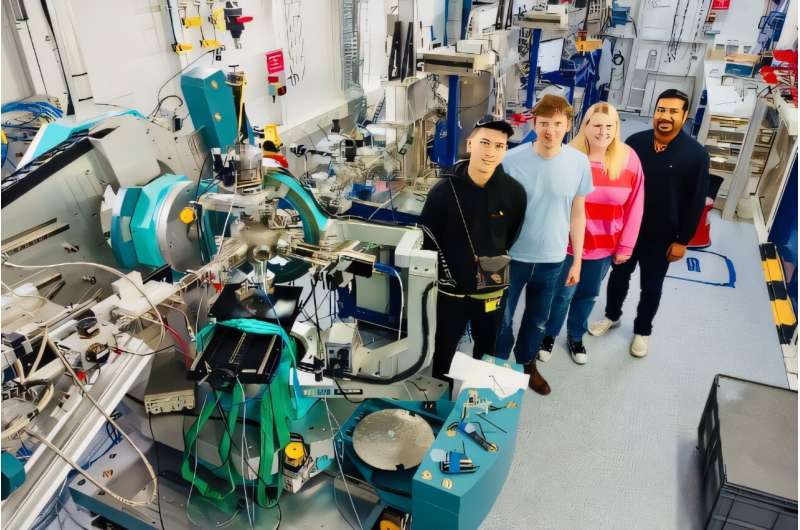Is there a secret to longevity? This health expert says 1,000% yes
In the era of social media, post-COVID, and with mental health at the forefront, a shift is taking […]

A recent study led by the University of Bristol, published in the esteemed journal Environmental Science & Technology Letters, offers significant insights into reducing the dangers of arsenic exposure, which poses a critical risk to water and food safety, particularly in developing regions.
The lead researcher, Dr. Jagannath Biswakarma, has a deep personal commitment to this cause, having experienced the scarcity of safe drinking water, devoid of arsenic, during his childhood in India.
Dr. Biswakarma remarked, “There are millions of people living in regions affected by arsenic, like I was growing up. This breakthrough could pave the way for safer drinking water and a healthier future.”
Arsenic contamination predominantly affects southern and central Asia and parts of South America, with groundwater often being the primary source for drinking and agricultural use. The health implications of arsenic toxicity, which can manifest as cancer and cardiovascular diseases, underscore the urgency of addressing this environmental crisis.
Historically, it was believed that arsenic could only be transformed from its more toxic form, arsenite, to the less harmful arsenate in the presence of oxygen. However, the breakthrough study shows that arsenite can also be oxidised without oxygen when small quantities of iron serve as a catalyst.
Dr. Biswakarma explained, “This study presents a new approach to addressing one of the world’s most persistent environmental health crises by showing that naturally occurring iron minerals can help oxidise, lowering the mobility of arsenic, even in low-oxygen conditions.”
The findings indicate that green rust sulfate, a prevalent iron source in low-oxygen environments such as groundwater, can oxidise arsenite efficiently. This process is further facilitated by substances released by plants, commonly found in soils and groundwater, which may significantly influence arsenic toxicity and mobility.
The implications of these findings are particularly relevant in countries with high arsenic pollution, such as India and Bangladesh, where local geology is often iron-rich, exacerbating groundwater contamination risks. Dr. Biswakarma remarked on the dire situation, stating, “Many households rely on tube wells and hand pumps, but these systems do not guarantee access to clean water. The water often cannot be used for drinking or other household tasks due to its toxicity, odour, and discolouration.”
With arsenic contamination also affecting rice paddies in regions like the Mekong Delta, understanding the dynamics of arsenic in the environment is critical. Co-author Molly Matthews noted, “The research opens the door to developing new strategies to mitigate arsenic pollution. Understanding the role of iron minerals in arsenic oxidation could lead to innovative approaches to water treatment or soil remediation.”
To substantiate their findings, the researchers utilised X-ray absorption spectroscopy at the XMaS synchrotron facility in Grenoble, France, to analyse the formation of arsenic at the atomic level. This novel discovery underscores the potential for natural processes to improve water safety and offers hope for communities plagued by arsenic contamination.
Further research will be necessary to explore how these findings can be operationalised in diverse environments. Dr. Biswakarma expressed his commitment to this work, stating, “I genuinely believe, with more work, we can find effective possible solutions and… we are already making great inroads to overcoming this big global issue.”

In the era of social media, post-COVID, and with mental health at the forefront, a shift is taking […]

With its fast speeds and revolutionary potential, 5G stands out as a noteworthy milestone in the field of […]